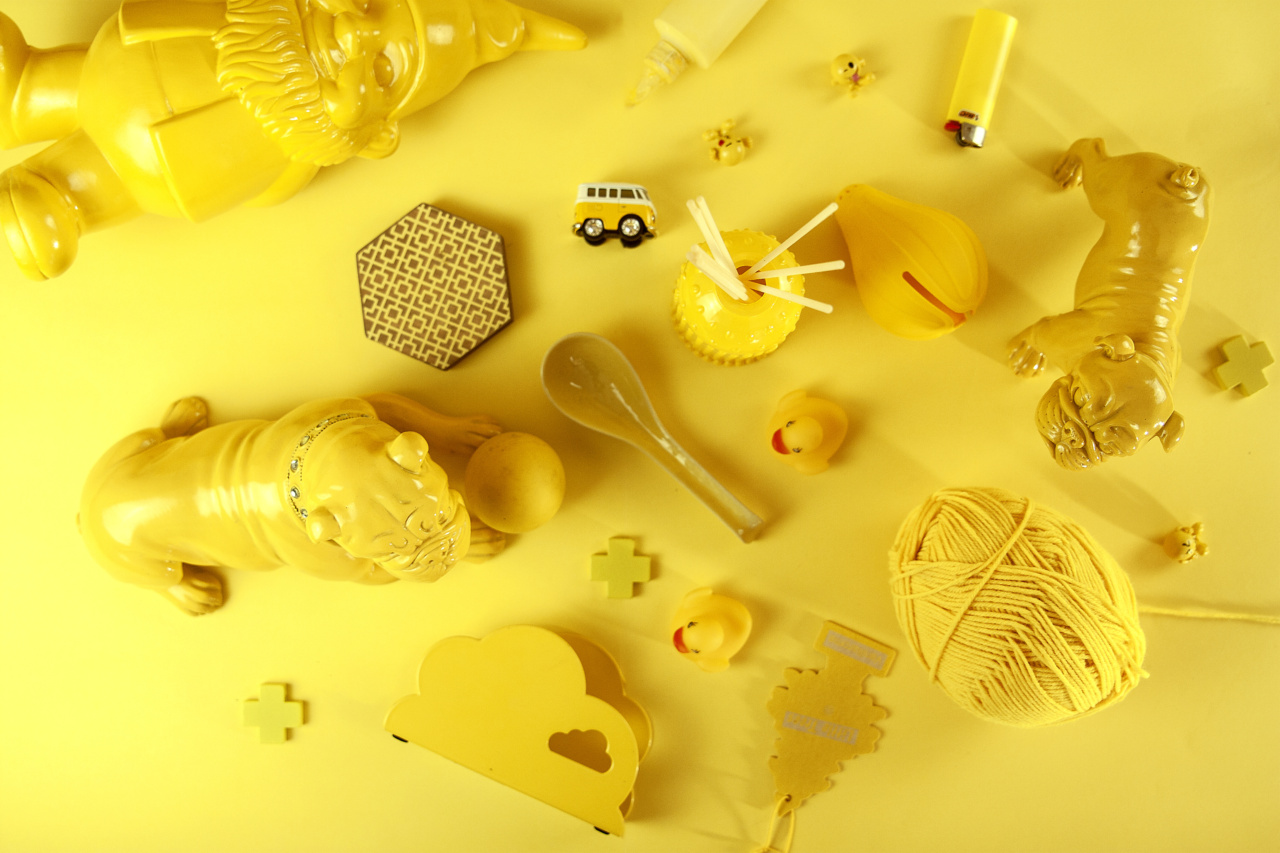Having a dog that won’t release an object can be frustrating and even dangerous in some situations.
Whether it’s a prized possession, a dangerous item, or simply something your dog shouldn’t have, it’s important to teach your furry friend the “drop it” or “leave it” command. This article will guide you through the steps to train your dog to release objects on command.
1. Assess the situation
Before you can address the issue, it’s essential to assess the situation. Determine the level of risk involved and whether immediate action is necessary.
For example, if your dog has a harmful object in their mouth, you should prioritize safety and take swift action.
2. Use positive reinforcement
Positive reinforcement is an effective training method that focuses on rewarding desired behaviors. Get your dog’s attention by offering a treat or one of their favorite toys as a trade-off for the object they have in their possession.
This will help them associate letting go of an item with something positive.
3. Teach the “drop it” command
Training the “drop it” command is crucial for your dog’s safety and your peace of mind. Start by holding a treat in one hand and the object your dog has in the other.
Say “drop it” in a firm but calm voice and offer the treat as soon as your dog releases the object. Repeat this exercise several times, gradually reducing the use of treats.
4. Establish a consistent cue
Consistency is key when training your dog. Choose a cue word or phrase, such as “leave it” or “give it,” and use it every time you want your dog to release an object.
Reinforce the command with positive rewards to ensure your dog understands what is expected of them.
5. Practice with different objects
Vary the objects you use during training sessions to help your dog generalize the “drop it” command. Start with items your dog is less attached to and gradually work up to their favorite toys or prized possessions.
This will strengthen their understanding of the command in different contexts.
6. Use the trade-off method
If your dog tends to hoard objects and refusing to release them becomes a habit, try the trade-off method. Offer a high-value treat or an exciting toy as a trade for the object your dog has.
This encourages them to willingly give up one item in exchange for a more enticing one.
7. Seek professional help if needed
If your dog consistently refuses to release objects or shows signs of aggression when attempting to take something away, it may be necessary to seek help from a professional dog trainer or behaviorist.
They can provide valuable guidance and techniques to address the underlying issues.
8. Avoid punishment
Punishing your dog for not releasing an object can lead to negative associations and potentially worsen their behavior. Instead, focus on positive reinforcement and redirecting their attention towards appropriate toys or activities.
9. Engage in regular obedience training
General obedience training is beneficial for both you and your dog.
By establishing a foundation of obedience, it becomes easier to teach specific commands like “drop it” or “leave it.” Enroll in a training class or work with a professional to enhance your dog’s overall obedience skills.
10. Be patient and consistent
Training takes time and patience. Every dog learns at its own pace, so be consistent and persistent in your efforts.
Reward your dog whenever they successfully release an object, and gradually reduce the frequency of treats as they become more reliable in obeying the command.

























